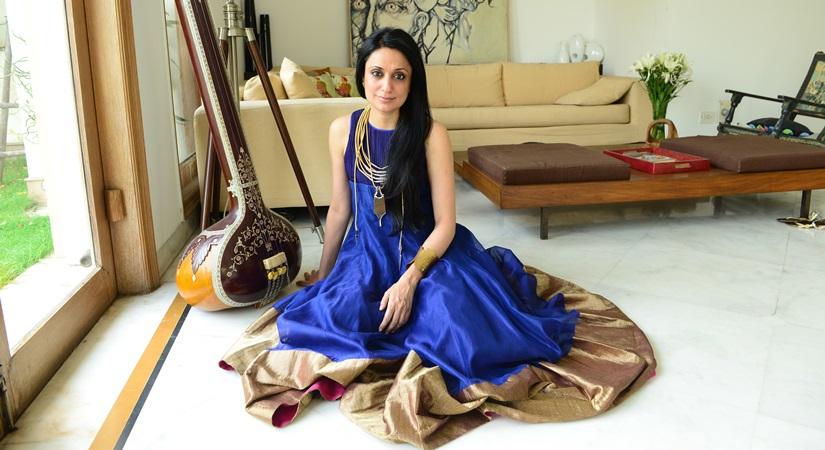India is the country where the batik saree was first created, but the art of making them has developed much beyond mere handicraft…reports Olivia Sarkar
The Indian sari is considered to be one of the world’s oldest still-in-use types of apparel with a nearly 5,000-year history. The word “sari” from Sanskrit for “strip of fabric.” However, for the Indian women who have enveloped themselves in silk, cotton, or linen for millennia, these expanses of fabric constitute more than just clothing. They are symbols of national pride, representatives of traditional craftsmanship and design, and an ideal illustration of India’s variety.
There are about 30 different types of sarees in India, each with its own distinctive variant that exudes beauty. As a result, we are gathering some well-known sarees from all around India.
Ashavali saree from Gujarat
Woven with silk Intricate brocade work known as kinkhwab, which is created with metallic gold and silver threads known as zari, is featured on Gujarati Ashavali sarees. The Ashavali is named after Ahmedabad, which was formerly known as Ashaval and has been a major hub for brocade and silk weaving from at least the fourteenth century. It is often referred to as the Amdavadi or Amdavadi zari saree.
Banarasi saree from Uttar Pradesh
In most parts of India, the bridal trousseau must include a benarasi saree because they are significant to Indian culture. The bride dons at least one magnificent and auspicious Banarasi sari during the wedding rites. While many North Indian and Bengali women wear this as their wedding sari, for others it may serve as a reception sari or be the one special garment they get as shagun (the auspicious wedding gift) from their in-laws.
Bandhani saree from Rajasthan
The Hindi/Sanskrit words “Bandhna” and “Bandha,” which denote “tying” or “to knot,” are the source of the word “bandhani.” It takes a lot of talent to practice bandhani art. The method entails dyeing a fabric that has been firmly knotted with a thread in numerous locations, producing a variety of designs depending on how the cloth is tied, such as Chandrakala, Bavan Baug, Shikari, and so on. The main colors utilized in Bandhana are yellow, red, blue, green, and black.
Batik saree from West Bengal
India is the country where the batik saree was first created, but the art of making them has developed much beyond mere handicraft. Batik was originally considered an acceptable occupation for aristocratic women because the delicately painted designs, which often featured bird and flower motifs, were perceived as a sign of refinement and cultivation, much like superb needlework was. Waxing, dying, and dewaxing (the removal of the wax) are the three steps in the creation of a batik saree. “Batik” literally translates to “wax writing.”
Bomkai saree from Odisha
A specifically woven saree from the western region of Orissa is called a “Bomkai Silk,” also known as “Sonepuri Silk.” It is one of Odisha’s oldest textiles. Bomkai is referred to as “Bandha” locally. It has been an element of Orissan culture since 600 B.C.This fabric was originally and traditionally woven with a coarse, thick, and brightly colored low-count cotton yarn. On a pit loom, it is best defined as an additional weft technique.
Chanderi saree from Madhya Pradesh
A little village called Chanderi is located in the Vindhyachal mountain ranges near the Betwa River. Due to its advantageous location in central India, Chanderi, a city in Madhya Pradesh’s Ashoknagar district, is known for its long history and flourishes with active commerce. The name Chanderi means “the city of looms.” The history of Chanderi seems to be connected to Chanderi silk sarees.
Kanjeevaram saree from Tamil Nadu
Kanjeevaram, one of the most exquisite sarees in the world, gets its name from Kanchipuram, where it first appeared. Another term for this gorgeous fabric is Kanchipuram. These alluring sarees are made of strong fabric and a wonderful color scheme. Gold-accented Kanjeevaram sarees are perfect for any occasion or celebration.
Paithani saree from Maharashtra
The royal dynasty of Paithan, a medieval town close to Aurangabad, is where the Paithani sari’s ancient roots may be traced. The sari, which bears the name of the town, is considered to have been made from the finest silk threads imported from China and locally woven pure zari. Each piece of this sari is defined by the extravagant and abundant use of gold, as well as floral and bird-inspired motifs, which signify years of excess and the elegance of Indian handloom. The indigenous Bangalore silk strands used to create the modern saris by Paithan and Yeol are imported zari from Surat.
ALSO READ-Saudi Fashion Commission Attracts Int’l Investment at New York Roadshow












